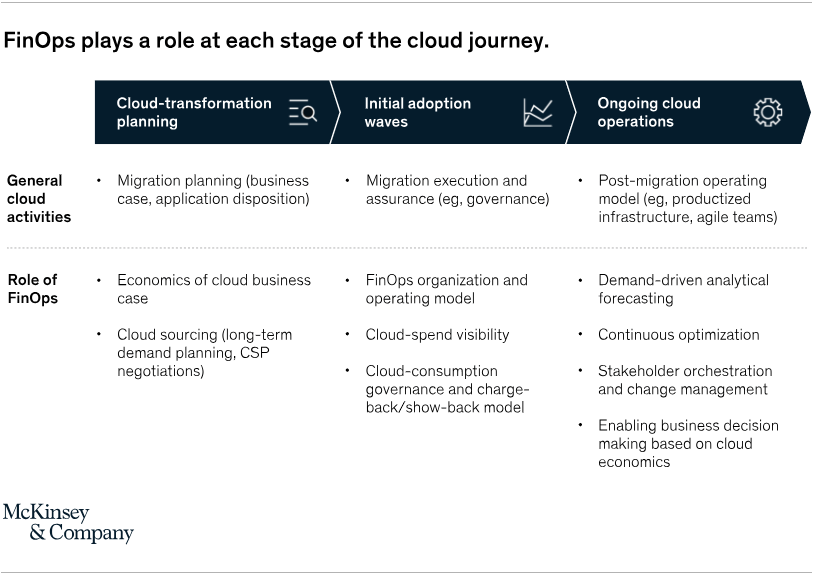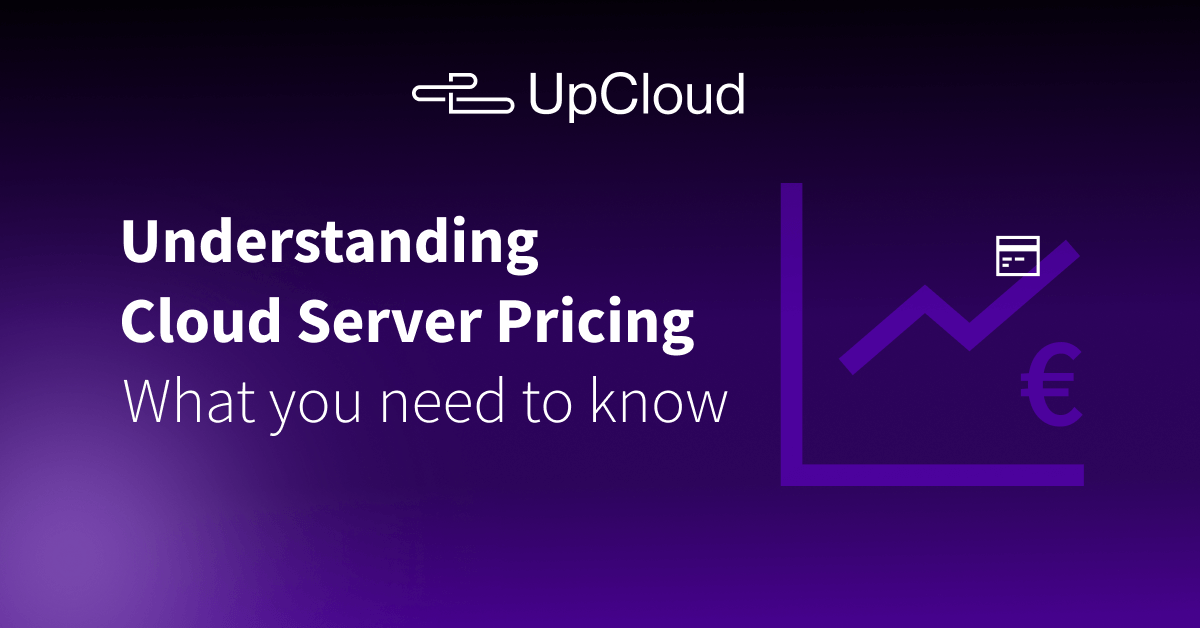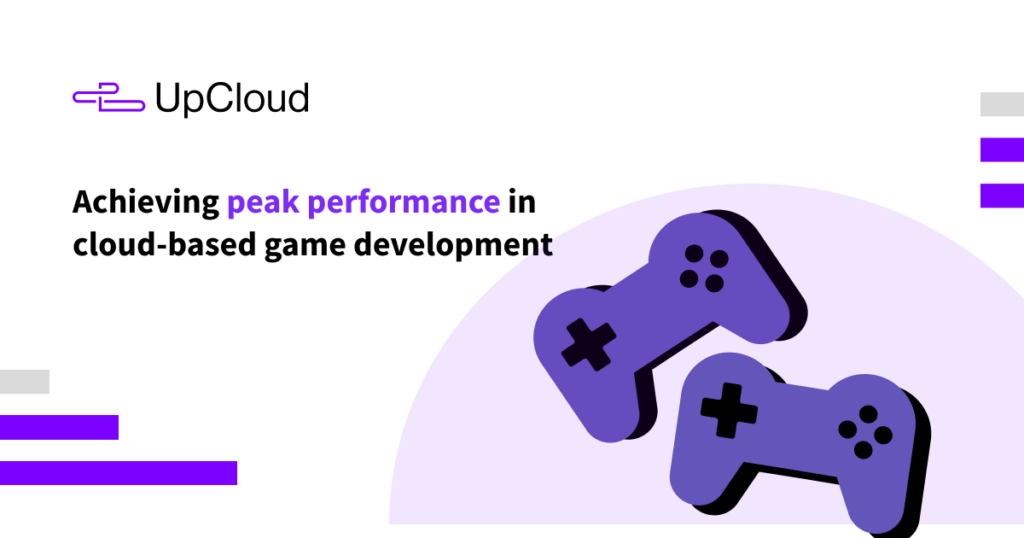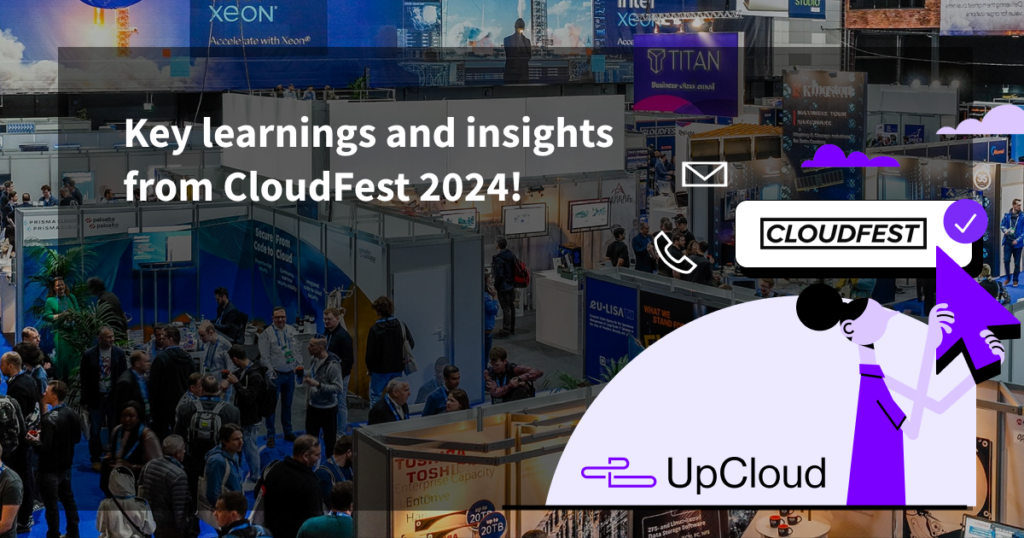Cloud costs are an essential overhead for today’s future-focused business, but with often complex cloud server pricing and a raft of cloud pricing models to choose from, managing cloud expenses carefully is critical to optimising the investment.
Cloud services are agile and easily scalable, far easier to maintain, and don’t come with up-front capital costs. Most companies have already made the shift to the cloud, but without an in-depth understanding of cloud server pricing, that shift might not be as cost-effective as expected.
Understanding cloud server pricing is necessary for robust business financial planning. In this article, we’ll delve into pricing models, key influences on cloud costs, tips for optimisation, and some pitfalls to avoid to make navigating complex cloud pricing easier on your bottom line.
Overview of cloud server pricing models
Common cloud server pricing models include pay-as-you-go or on-demand pricing, reserved instance pricing, spot pricing, and tier-based pricing, which can provide volume discounts.
Choosing a cloud pricing model will depend on your resource usage type and volume. We’ll cover some of the influencing factors next, but first, a brief look at common models.
Pay-as-you-go
Demand or pay-as-you-go pricing offers the utmost flexibility, but there are some finer points to consider. Some providers will bill hourly, others down to the minute or second. There may be minimum billing periods to consider, and the flexibility and zero-commitment approach can make it the most expensive option.
Reserved instance
Reserved instance pricing usually requires a time-based commitment of between one and three years. Longer commitments, upfront payments, or signing up to an instance type or zone can determine better discounts but impact flexibility. As with cell phone contracts, committing to a set period and tier will make it difficult to make a quick switch if pricing models evolve and improve or if usage changes.
Spot pricing
Spot pricing is a model best suited to non-critical workloads and short-term high-volume needs like test environments. It usually requires an on-demand model as a backup and necessitates both deeper understanding and careful monitoring. Spot instances are usually auctioned and don’t come with a commitment from the provider, who can move the spot instance to a better bid with little notice.
Volume discounts
Businesses with consistent high-volume cloud computing requirements can take advantage of committing to a minimum usage and time period and receiving a discounted rate in return. A volume discount cloud pricing model makes costs predictable and often removes the risk of hidden costs, like traffic-based costs. Details to look out for include up-front payments or the ability to upgrade or downgrade pricing tiers.
Cloud server pricing models – at a glance
| Model | Pros | Cons |
|---|---|---|
| Pay-as-you-go | Zero commitment, highly flexible | Cost can be higher |
| Reserved instance | Cost savings for long-term commitment | Inflexible: may be tied to a tier or type of service |
| Spot pricing | Cost savings | Complex, inflexible, short-term usage only |
| Volume discounts | Cost savings for volume and term, predictable pricing | Longer-term commitment |
Key factors influencing cloud server costs
The cost of cloud server provision and the choice of model will depend on the resources your operations require. Understanding these components and how they might change with your business is key to managing cloud expenses.
Resource usage
Cloud-based servers provide CPU and RAM computing power and the data storage any business requires. Budgeting for cloud computing requires an assessment of what resources are used daily and over time. If your operations render graphics, process large amounts of data for modelling or forecasting, use AI, or expect to build large databases over time, these will be factors to bear in mind.
Data transfer and bandwidth
Some cloud service providers charge based on data transferred in or out of a server or based on the bandwidth utilized. Again, these are critical factors in optimizing cloud costs and choosing models, and they may require other technologies, such as data compression, to reduce long-term cloud overheads.
Location and availability
Geographic location and availability zones can influence cloud computing costs. Pricing tiers may depend on the data centre location. If your business operations are focused in a certain region, it may be cost-effective to choose a more local provider. In contrast, a provider with multi-region availability may offer more resilience from local impacts. Your ESG goals may also influence the location and choice of cloud provider.
Services and support
Other factors influence cloud computing costs but can be essential, including support levels and service level agreements (SLAs) and additional features such as load balancing, data backup, and monitoring. These will be heavily influenced by your business size and type and the availability of internal expertise.
Tips for managing cloud expenses
The cost of cloud servers can quickly spiral. If you’re not using the resources you’re paying for, this inefficiency could swiftly impact your bottom line. It’s critical to ensure you are not overprovisioning, which requires rigorous selection of a pricing model combined with monitoring resource usage and plan fit over time.
Selecting a cloud provider and a pricing model
In most cases, you’ll want to opt for a provider with transparent and predictable pricing without hidden costs. The best cloud service providers will be able to provide detailed billing with usage and cost breakdowns to make optimizing this overhead easier. Effective budgeting for cloud computing starts with knowing and predicting your resource usage, accounting for future growth, and factoring in any peak demands.
Monitor resource usage
You, or a member of your team, will want to keep an eye on resource usage, paying particular attention to unused resources or increased use that means its time to take advantage of a volume discount. Cloud monitoring tools can help visualize CPU, bandwidth, and storage usage. An effective data management strategy can highlight when it’s time to archive or delete older files, doing nothing but costing you money. Set a periodic review and adjust your cloud pricing model as required. If your cloud computing needs are complex, seek more technical solutions and expert support.
Pitfalls to avoid in cloud budgeting
Neglecting the shift to a cloud mindset
If you’ve made the shift from legacy on-premise systems and a capital-based IT model to cloud computing, you may need to make adjustments to your IT culture and resource usage habits. McKinsey recommends understanding “cloud economics” and moving thinking from “owning” IT to “consuming” IT. On the macro level, you’ll want to consider where your business is going over any historical usage. Digging into the details of cloud resource usage could reveal micro needs, such as encouraging employees not to duplicate file versions or to use file compression tools.

Image source: McKinsey: Cloud economics and the six most damaging mistakes to avoid
Overprovisioning and overspend
The excitement of moving to cloud computing and leveraging the benefits of lower capital costs, flexibility, scalability, and the latest technologies on demand can make it all too easy to overprovision, signing up for more resources than you’ll need just in case you need them. It’s also easy to overspend on support or additional features, although these might be useful short term, signing up for them long-term can be costly if they are underutilised. Similarly, locking into a multi-year plan to take advantage of discounts won’t be cost-effective if your use or the market changes significantly over time.
Conclusion
Approaching cloud server pricing, model choice, and long-term cloud computing optimisation requires the same strategic mindset as a capital investment but whilst also taking into account that your cloud server costs need not be any higher than for the actual resources your business will consume.
If your resource usage is high but stable, you may consider a discount for the volume approach. Likewise, if you’re expecting growth and further digital transformation, choose a pricing model that can be scaled efficiently to your needs. It’s important to watch for hidden costs and terms or excessive lock-ins and to leverage the key tenet of cloud computing: flex this resource as and when needed.
Consult with our experts for customised insights and to learn how to further optimise your cloud server budget.


